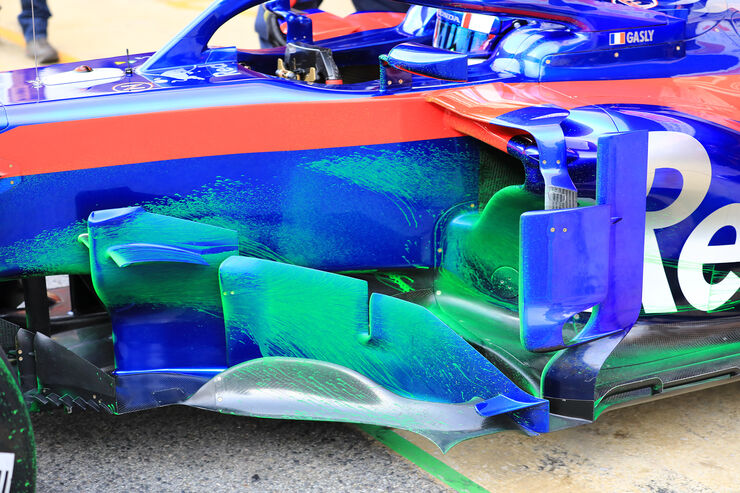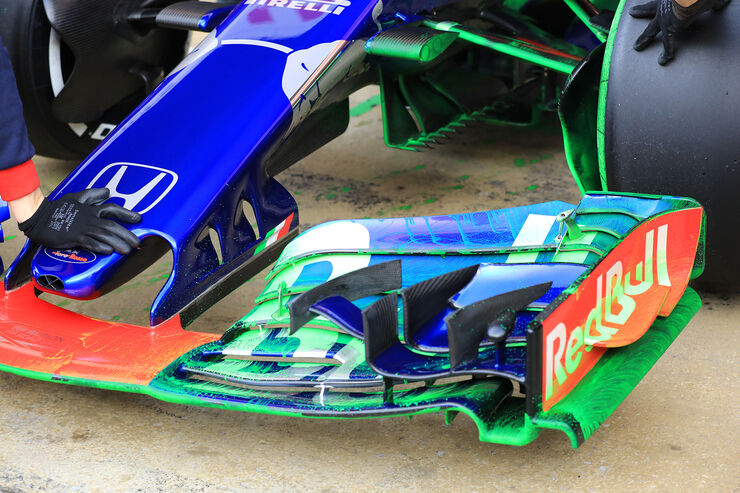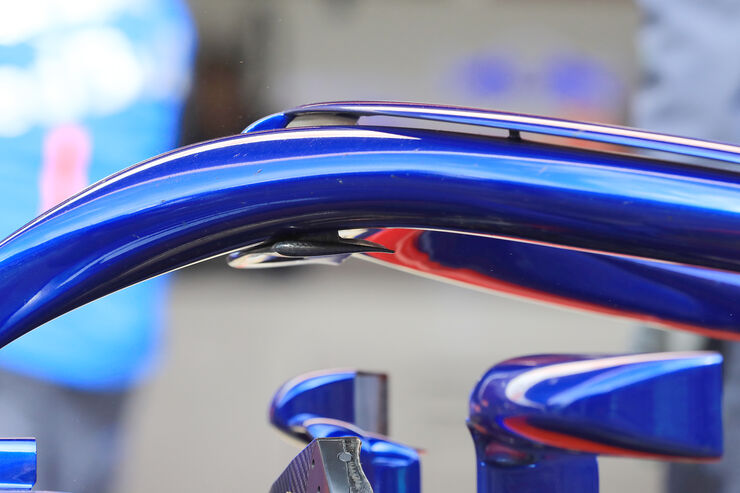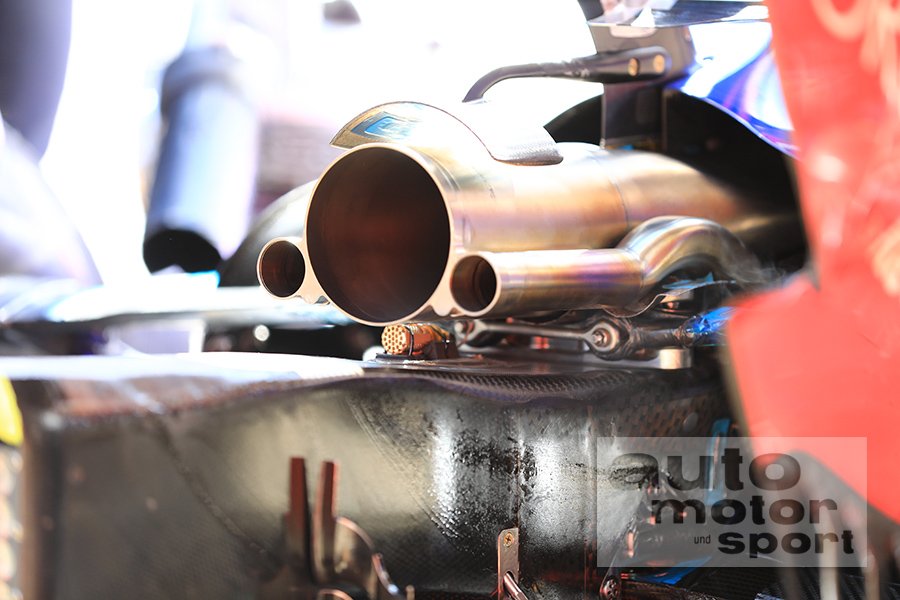Force India would not have built a new chassis without the Halo. You?
Key: I think in the second year of a new regulation, you have to do it. We learned so much last season. Only when the car was on the track, we knew exactly how performance and handling are actually. Before, everything was just theory. On these findings, you have to align your car in the second year. The installation of the engine, the weight, the position of the front suspension: this is a learning process. That's why you want to have as much free hand as possible. This is only possible with a new chassis.
Can you reach the minimum weight of 733 kilos?
Key: Our calculations say yes.
What about the wheelbase?
Key: We slightly extended it. Because we expect advantages for the aerodynamics, the driving dynamics and the weight distribution. You can create more space between the front wheels and the side boxes. You have more freedom in the subsoil.
Red Bull copies Ferrari's Side Box Trick. Why Toro Rosso not?
Key: We looked at all the cars. Not just Ferrari. Your solution is certainly interesting. There were other construction sites for us to clean up. The shape of the side box intake was not necessarily included. The area before that, with the many Turning Vanes and Bargeboards is another matter. This is a very important area that affects the whole car. We explored different solutions. It was about getting the critical flow structure cleaner. And in aerodynamics, it is often like this: The most visible parts of the car are often not the most critical.
The halo costs aero performance. The omission of Monkey-Seat, Heckflosse and T-wing also. Is the new car still faster?
Key: As engineers, we have to live with the negative effects of the halo. That it deflects the flow, affects the air flow to the engine and even affects the driver's helmet. The structural challenges were huge. There were no references from previous years. We passed every crash and load test on the first attempt. There was a lot of talk about T-wings and tail fins last year. Because they are so obvious. The loss brings a small negative effect that you just have to make up elsewhere. This costs time and resources. For us there is work to do on the chassis side. In the tests, we drove the Launch Spec. We plan to hit new directions by car during the season.
Does the correlation wind tunnel route fit?
Key: We are not far from the results in the wind tunnel. There are a few areas that we need to look at and check the correlation. That is normal at this time. What gives us all the most trouble is understanding the new tire compounds. We got a taste in Abu Dhabi. But that was on a smooth asphalt in very warm conditions. It's hard to make predictions for races like China. We first have to drive on different routes. With other asphalt, other weather conditions and curve types. It may take until Silverstone before we have the complete tire image. Until then, there can be surprises.
What are the update plans?
Key: Maybe we will not be where we want to be at the beginning of the season. We will see that in Melbourne. We are currently under construction. We have to make sure that the principles are right: reliability, tire management, the general direction. The update plan depends on the circumstances. Big packages, if you run after a residue. Because you can clean up the construction sites in a wash-up. Smaller updates in higher frequency, if the basis is already correct. Maybe we also choose the middle ground.
Is the learning curve steep?
Key: The gap between midfield and top is big. That shows how much performance we can still find. Each team is different in approach and philosophy. Over the years, we will all come closer. Only then does the development curve level off. I think that will only be the case after three years.
https://www.auto-motor-und-sport.de/for ... terview-1/ 











